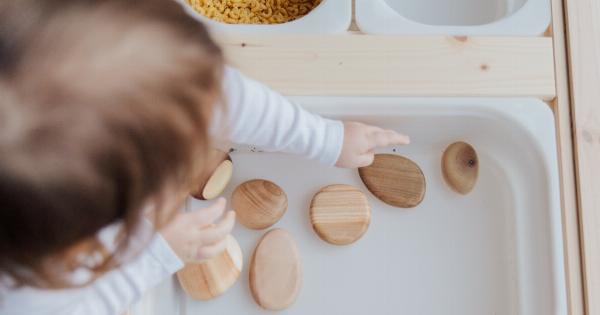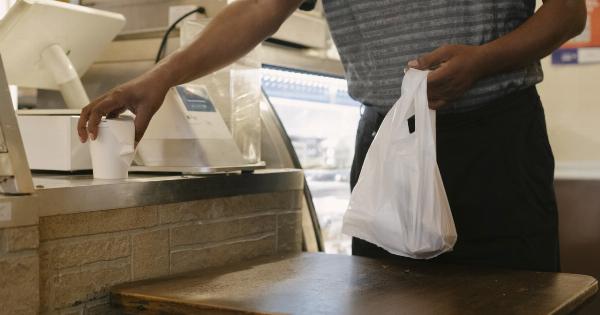Creating a budget and sticking to it is an essential part of managing our finances. When it comes to groceries, a significant portion of our budget goes towards purchasing produce.
Fortunately, there are various strategies and tips that can help us spend less on our produce budget without compromising on quality. In this article, we will explore some practical ways to save money while still enjoying fresh and nutritious produce.
1. Plan your meals
One of the most effective ways to save money on produce is to plan your meals ahead of time. By creating a weekly or monthly meal plan, you can determine the exact quantity and types of produce you will need.
This helps avoid overbuying or letting produce go to waste.
2. Buy in-season produce
Choosing fruits and vegetables that are in season not only ensures better flavor and quality but can also save you money. When produce is in abundance, prices tend to be lower due to increased supply.
Explore your local farmers’ market or grocery stores to find out what seasonal produce is available.
3. Shop at farmers’ markets
Farmers’ markets offer a great opportunity to purchase fresh produce directly from local growers. Not only does this support local agriculture, but it can also save you money.
By eliminating the middleman, farmers’ markets often have lower prices compared to grocery stores.
4. Grow your own
If you have some outdoor space, consider growing your own fruits and vegetables. Even a small garden or a few potted plants can provide you with a steady supply of fresh produce.
This eliminates the need to purchase certain items and can significantly reduce your produce budget.
5. Freeze or preserve excess produce
When you have an abundance of produce, freezing or preserving them can help you avoid wastage. Simply blanch or cook the produce, and store them in airtight containers or bags. This way, you can enjoy them in the future without having to buy more.
6. Buy in bulk
Buying certain produce items in bulk can lead to significant savings. Look for bulk purchase options at your local grocery store or consider joining a co-op or community-supported agriculture (CSA) program.
These programs often provide discounted prices for larger quantities of produce.
7. Use coupons and discounts
Keep an eye out for coupons, discount codes, or special promotions on produce. Many grocery stores offer weekly specials or loyalty programs that provide discounts on certain items.
Additionally, some websites or apps specifically offer deals on fresh produce, allowing you to save money while shopping.
8. Opt for frozen or canned produce
While fresh produce is generally preferable, frozen or canned options can be a more cost-effective alternative, especially when certain items are out of season.
These products often retain their nutritional value and can be a great addition to your meals without breaking the bank.
9. Compare prices and quality
Don’t be afraid to compare prices and quality when shopping for produce. Visit different grocery stores or markets in your area to get an idea of where you can find the best deals.
Keep in mind that lower prices should not compromise the quality, so be sure to choose produce that is fresh and of good quality.
10. Reduce waste
Minimizing food waste is not only environmentally friendly but also helps you save money. Properly store your produce to extend their freshness and maximize usability. Use older items first before moving on to newly purchased ones to avoid spoilage.
By being mindful of waste, you can stretch your produce budget further.






























